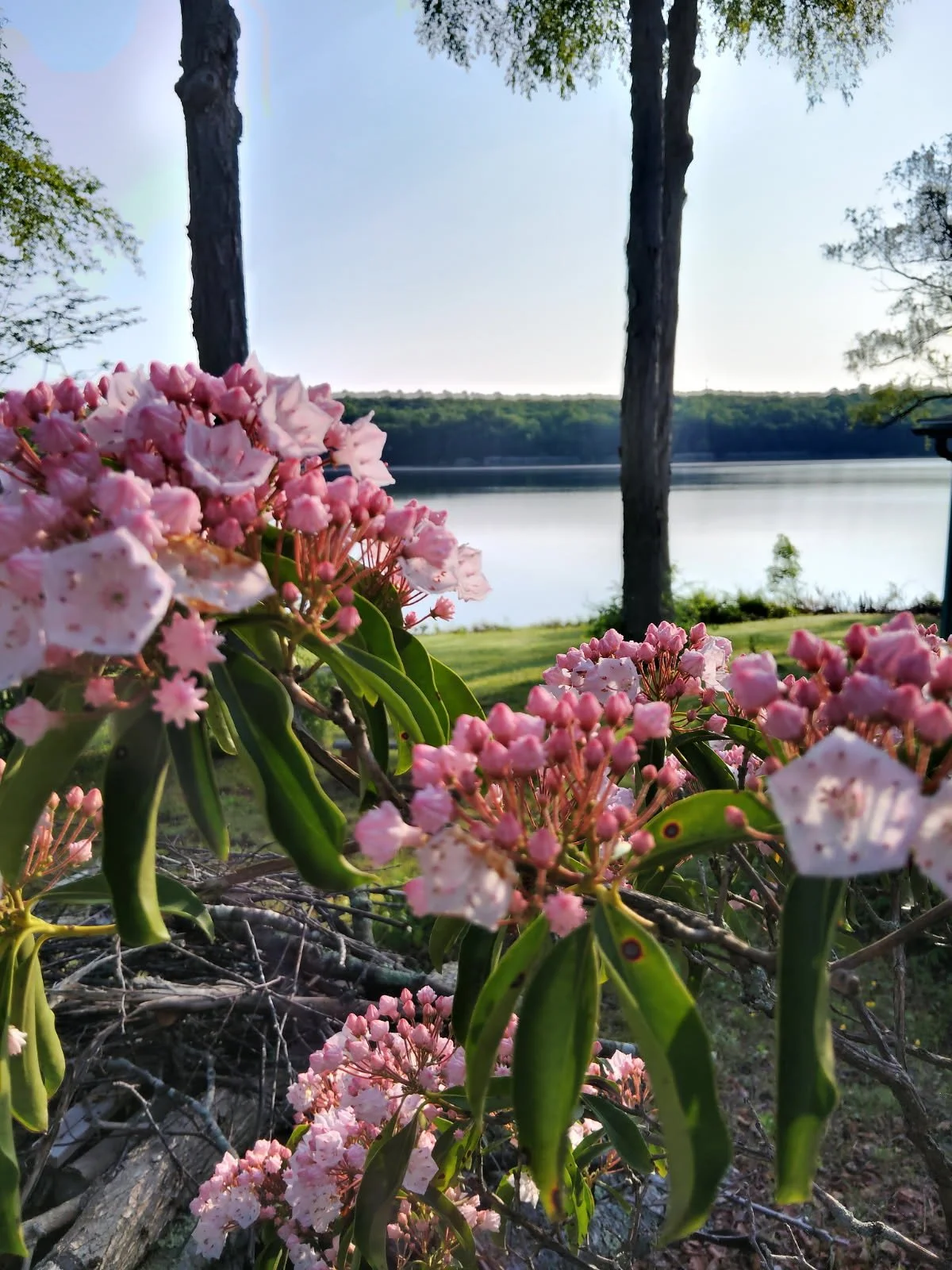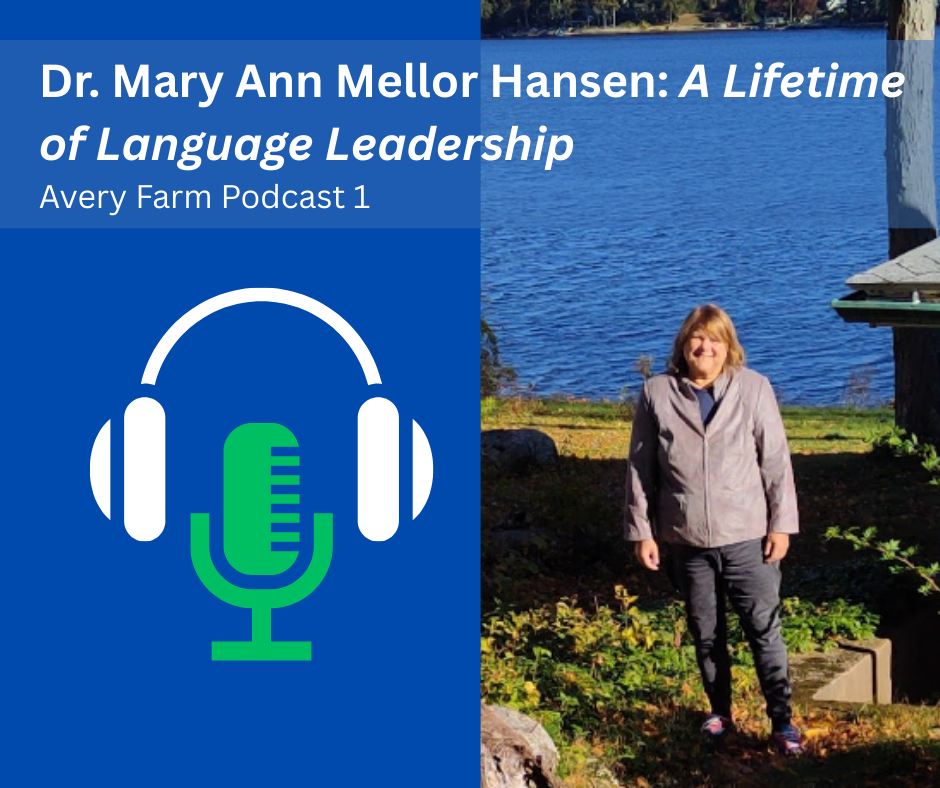

Avery Farm History: Four Generations of the Avery, Mellor and Hansen Families
by Mary Ann Mellor Hansen
How did this project come about?
It all started when looking at a collection of photos, a very common experience of family members who inherit family stuff. As I spent more time looking at the photos, I began to realize I needed to tell their story. This is my attempt to document what I remember of this transitional time during the late 19th century through the early-mid 20th century before it is lost for good.
To help share the story, this website provides written narrative, photos and podcasts. Family Highlights shares family member life stories both in Coventry and beyond. Farm Life, Lake Life, and Homes present early 20th century historical photos of the early Gerald Park area of the Lake. Family Tree includes photos of and content about specific family members.
My gratitude goes to the many people who helped inspire this project. Debby Zeppa, fellow lake resident, connected me several years ago to UConn’s Center for Learning in Retirement (CLIR); Cathy Belanger and CLIR Memoir Group encouraged me to write my family’s stories. My cousin Sarah Vernier Malinoski and her husband Phil provided the technical and editorial support and insight that made this project possible.
We made use of old school techniques of sifting through old dusty photos, letters and artifacts, connecting the dots and putting them in some organizational structure. We then digitized what we could and leveraged AI tools to help with the story telling. We hope this project will help bring a better understanding of how seemingly ordinary people have subtle yet profound enduring impact on our culture and community.
Introduction
I’m the fourth generation living on this land that was once the Avery Farm in Coventry, Connecticut. This is a story of the women and men who came before me. It is a story of a fifty-year transition from farmland to residential development from 1896 to 1946, as the country and the world changed around them. I knew many of the people who lived here myself, and others from family stories and artifacts. They were farmers, entrepreneurs, artists, educators, engineers, builders, soldiers, scientists, and just everyday folks who made an impact far beyond their small community.
I have been associated with this land since 1952. My first summer days were spent with family and friends at my grandparents’ cottage overlooking Lake Wangumbaug at 65 Avery Shores, in Coventry, Connecticut, across the street from the home of my great aunt and uncle, Ethel and Arnold Avery, at 74 Avery Shores. Ethel and Arnold were already well into their retirement by the lake when I came into their lives. The memories included here are from family photos and stories over four generations, along with some research and a few artifacts. The narratives are available both as text and AI enhancements with Notebook LM.
It becomes clear looking through the archives that there is one pivotal character that binds the whole story together: Arnold Poole Avery.
At 20 years old, Arnold was already in the area. He was invited to a corn-husking party at the Loomis house in South Manchester in 1894. Born in Pennsylvania, he perhaps was visiting other Avery relatives. His father purchased the Island View Farm in 1896. In 1902, Arnold was running a boarding house at 33 Asylum Street in Hartford. At the time, Hartford was a financial and literary center, with the likes of J. P. Morgan and Mark Twain.
In Hartford, Arnold was a registered journeyman plumber. In 1902, he also applied for a plumbing license in Northampton, Massachusetts. By 1903, Arnold was developing plans to turn his father’s farm into a resort. In 1908, Arnold married Ethel Mellor in New York City. He was an instructor at the Vocational School for Boys in the Bronx by 1910. Arnold and Ethel would spend summers in Coventry. In 1939, they moved year round to their lake house in Coventry with Ethel’s mother, Mary Ann Needham Mellor.
In 1920, Arnold’s father sold the Island View Farm to a developer, J. Fitzgerald. Arnold, Arnold's father and one brother kept some of the lots along Lake Wangumbaug. Charles Mellor, Arnold’s brother-in-law bought some lots across the street. Charles, a New York civil engineer, did the survey work for J. Fitzgerald and developed the original map of Gerald Park. Lots were sold through a broker in New York City. Many New Yorkers, including many famous vaudevillians settled in the area. Dagmar, a television star, came to spend time at the lake.
While Arnold never developed the resort himself, he put in place the plans for those who followed to realize his dreams.
Dr. Mary Ann M. Hansen is a retired educator. She graduated from Coventry High School in 1970 and went on to earn a BA, MS, and PhD at Syracuse University. She taught French in Upstate New York. As State World Language Consultant at the Connecticut State Department of Education, Dr. Hansen led statewide curriculum projects and spearheaded educational partnerships with Spain, Italy, France, Ukraine, Russia, Uzbekistan, Kyrgyzstan, China, and India. She was a Senior Fellow for many years at Yale University’s Programs in International Educational Resources at the Whitney and Betty MacMillan Center for International and Area Studies.
Dr. Hansen received ongoing recognition for her work. In the late 1990s, Vice President Al Gore came to Connecticut to congratulate students participating in her United States Information Agency funded project, "Linking Schools through Language and Technology," for a science-themed collaboration with their Russian counterparts. Dr. Hansen was the first recipient of the National Network for Early Language Learning Award for Outstanding Support of Early Foreign Language Learning (2002). France bestowed her with an honorary knighthood (Chevalier dans l'Order des Palmes Académiques) in 2003. Upon her retirement in 2009, she received recognition from the National Council of State Supervisors for Languages, "for a lifetime of personal and professional advocacy, support, and dedication to the teaching and learning of world languages."
Following the tradition of her family, Dr. Hansen has had an impact well beyond her community. And like the three generations before her, Dr. Hansen is enjoying her retirement with friends and family by Lake Wangumbaug.
About the Author
Avery Farm Podcasts
Header Photo: 100 year old Pink Mountain Laurel planted by Arnold and Ethel Avery


